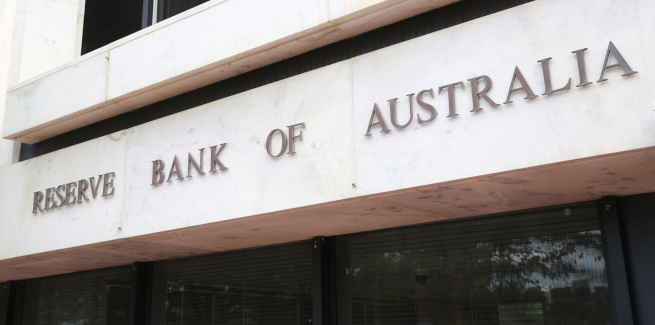The Australian Bureau of Statistics (ABS) has released its latest wage price index, reporting a 0.5 per cent increase in wages over the September quarter – in line with market expectations.
Both private and public sector wages increased by 0.5 per cent over the quarter.
However, wages growth slipped in annual terms, falling from 2.3 per cent in the year ending 30 September 2018 to 2.2 per cent.
AMP Capital’s senior economist, Shane Oliver, isn’t surprised, adding that he expects wages growth to “remain soft”, with spare capacity in the labour market “still high” and productivity growth low.
Mr Oliver added that uncertainty associated with globalisation and technological innovation would also weigh on wages growth.
According to the economist, subdued wage growth conditions would place further pressure on the Reserve Bank of Australia (RBA) to prop up consumer spending with additional rate cuts, particularly in light of the federal government’s reluctance to provide further fiscal stimulus.
“In our view, the backdrop for consumer spending is still poor,” he said.
“Negative wealth effects from falling house prices are now reversing, but wages growth remains very weak, unemployment is likely to edge up and confidence remains subdued.
“As a result, overall economic growth is likely to remain subdued, and it’s hard to see the economy hitting full employment and the 2-3 per cent inflation target any time soon.”
He continued: “Ideally, we need to see significant fiscal stimulus soon – with some combination of a bring forward of the stage two tax cuts, an increase in Newstart, business investment incentives, and a bring forward of infrastructure spending where possible,” he said.
“However, in the absence of fiscal stimulus soon, the pressure remains on the RBA where we expect to see more rate cuts, quantitative easing (possibly designed to lower bank funding costs and allow banks to pass on more of rate cuts) and more dovish forward guidance on rates.”
The RBA’s monetary policy board held the official cash rate at 0.75 per cent earlier this month. However, analysts, including Mr Oliver, are expecting at least one additional cut over the coming months.
[Related: Rates heading to 0.25% despite ‘upbeat’ RBA]
